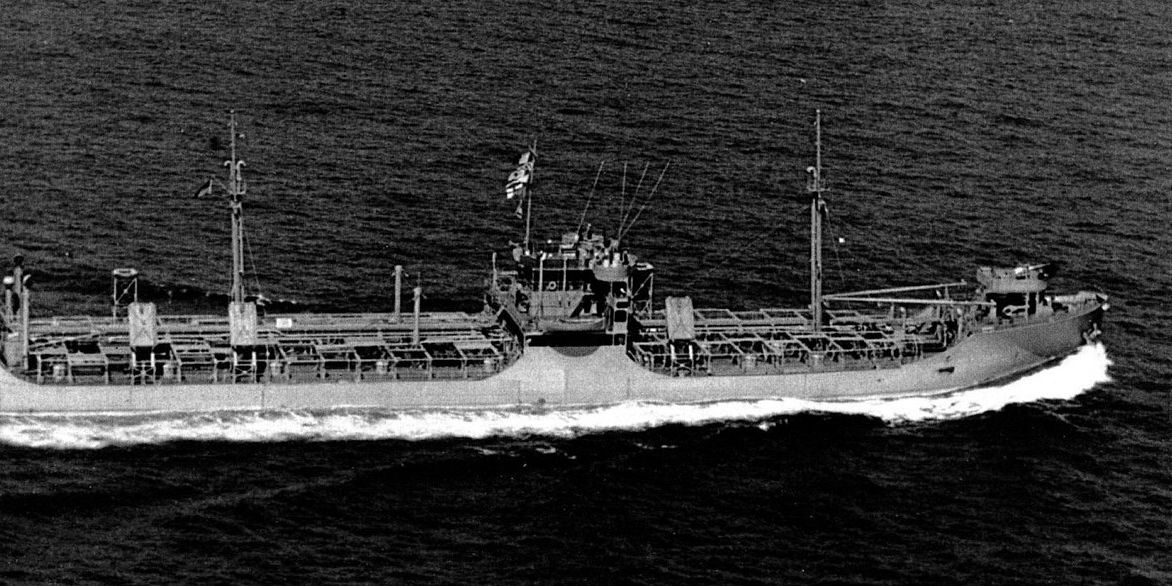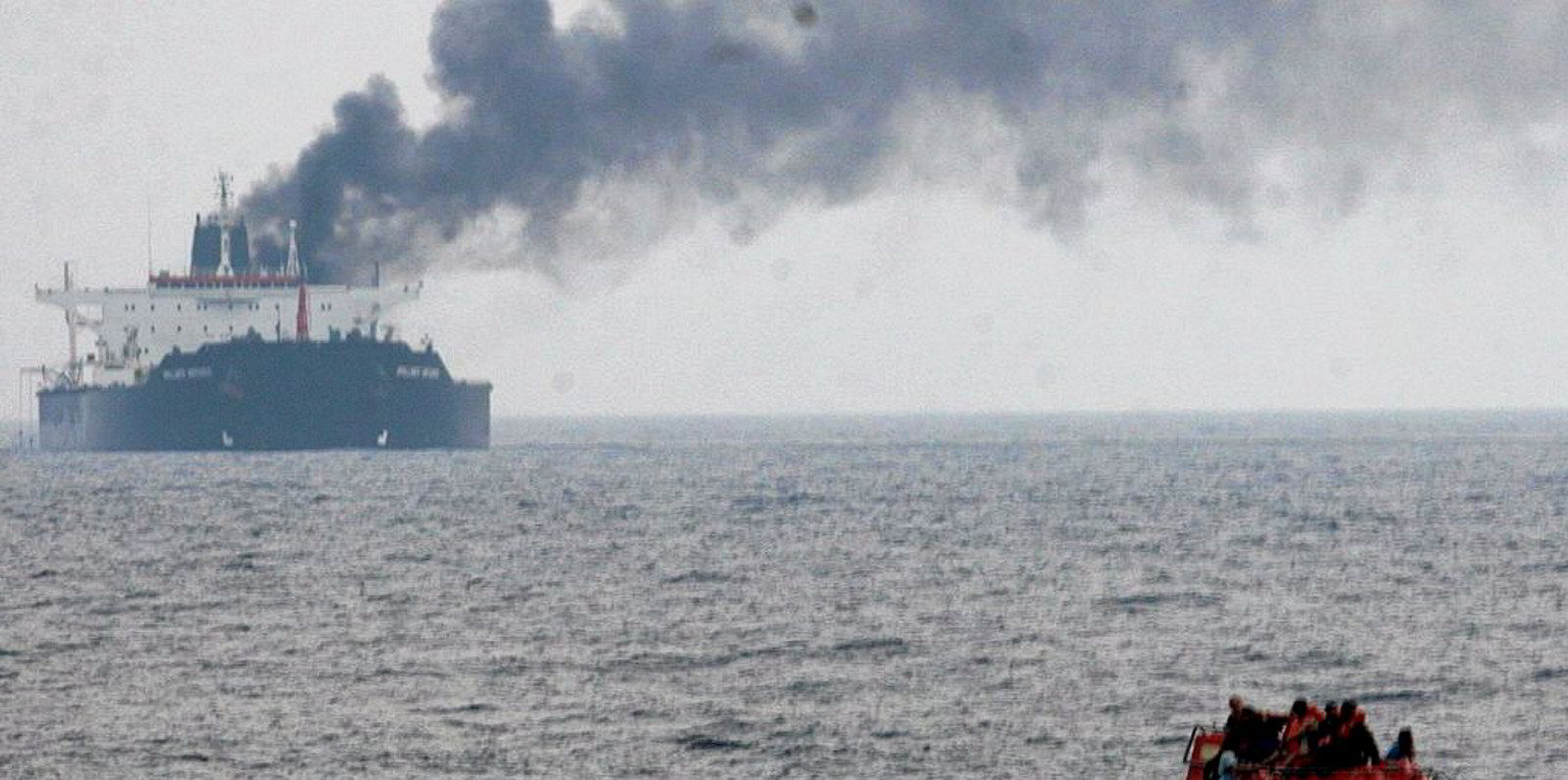Concordia Maritime aims to carry on a grand old tradition by plotting the conversion of a product tanker into a container vessel.
The Stena group company said on Tuesday that it is studying the feasibility of turning a 65,000-dwt P-Max ship into a 2,100-teu feeder vessel to take advantage of soaring liner freight and charter rates.
TradeWinds has reported that the first container ships were converted T2 tankers from World War II.
And Alphaliner senior container market analyst Charles Mercier said a number of tankers were used as or transformed into boxships in the early years of containerisation.
He told TradeWinds that the world’s very first containership, Malcom McLean’s Ideal X, was a former T2 tanker.
This ship was fitted with platforms on deck allowing the stowage of 58 containers.
Three further tankers underwent the same transformation.
Then there was Sea-Land’s Elizabethport series in 1962.
Four former T3 tankers were converted by cutting their original hulls in half, with bows and sterns preserved.
“A new cellular mid-section was built in Germany and towed across the Atlantic for reconstruction in the US,” Mercier said.
These units could carry 476 boxes of 35 feet in length.
Many transformations
“In those days, there were also a lot of WWII and 1950s cargo ships transformed into container vessels, the US carriers being at the time the world’s champions in vessel transformations,” Mercier said.
The T2 tanker was produced in large quantities in the US during the war. Only the T3 ships were larger.
About 533 T2s were built between 1940 and the end of 1945, to transport fuel oil, diesel, gasoline and sometimes crude.
Many remained in use after the conflict ended.
But like other hastily built World War II ships pressed into peacetime service, there were safety concerns.
The US Coast Guard said in 1952 that in cold weather the ships were prone to metal fatigue cracking, so they were “belted” with steel straps.
This occurred after two T2s, the Pendleton and Fort Mercer, broke in two off Cape Cod within hours of each other.
Engineering inquiries suggested the cause was poor welding techniques.
The high sulphur content also made the steel brittle and prone to metal fatigue at lower temperatures.






